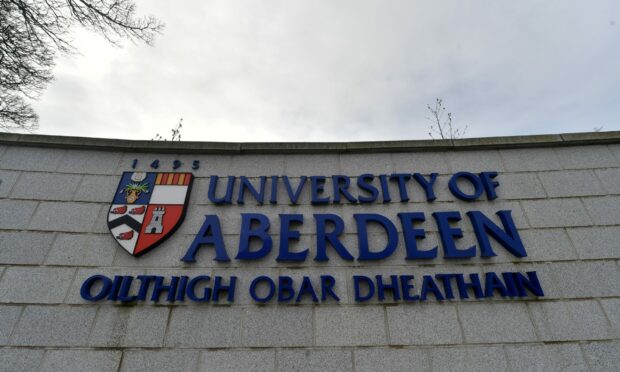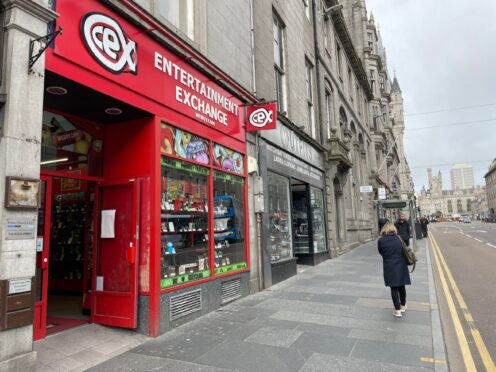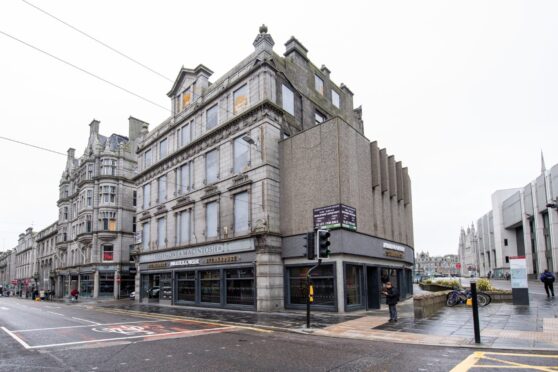Three Aberdeen University buildings have been forced to close after they were found to have potentially dangerous concrete on them.
The Regent Building – which is located on the university’s Old Aberdeen campus – and the West Block of the Polwarth Building at Foresterhill has been shut to students until further notice.
As well as this, the Hillhead Boiler House – which is accessible only by the university’s technical staff – has also been closed.
A letter to students said that they were closed as a “precautionary measure” to allow for further inspections to take place, including by specialist structural engineers.
However, the inspections discovered that Reinforced Autoclaved Aerated Concrete (RAAC) – a lightweight concrete used between the 1950s and mid 1980s – was found in the roof of the buildings.
Although present in many buildings across the UK, it is recognised that RAAC panels have material and construction deficiencies that make them less robust than traditional concrete.
‘Precautionary action’
The university told students that the “precautionary action” they have taken is in line with recently published guidance from the Institute of Structural Engineers.
Specialist structural surveys are now taking place to determine the condition of the concrete, which the university said will “inform our next steps”.
The buildings will remain closed until further notice, with users being relocated elsewhere.
Last week, a secondary school in East Lothian had to be “partially closed” after it was discovered that RAAC was used in parts of its building.











Conversation